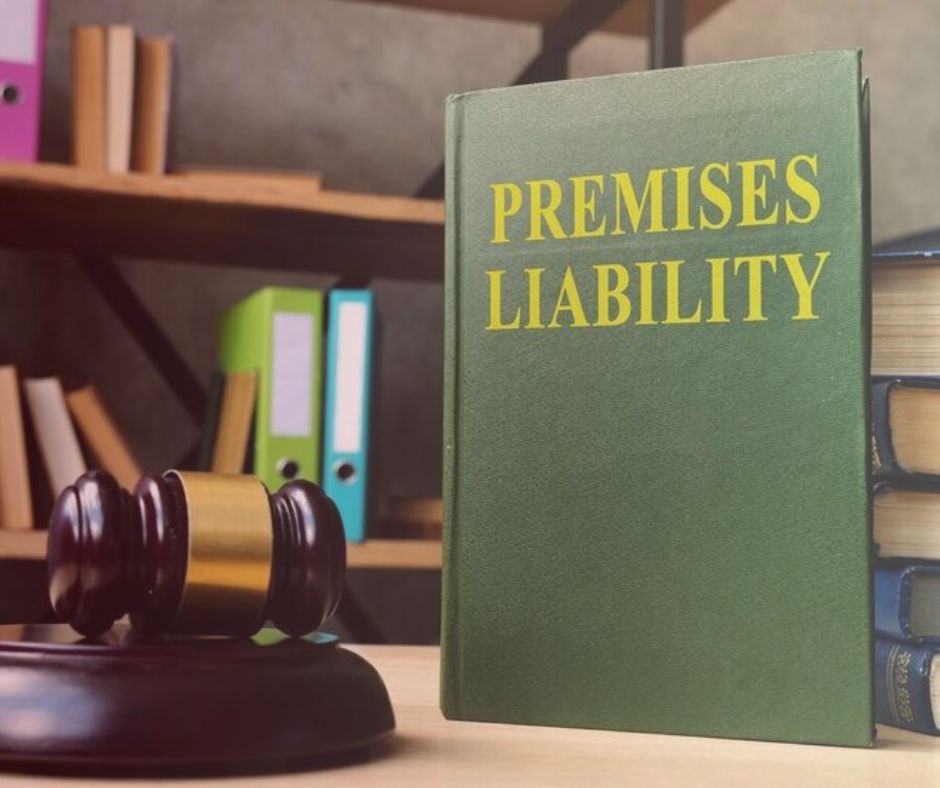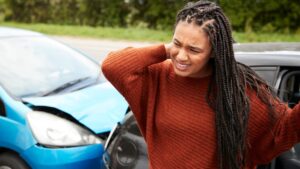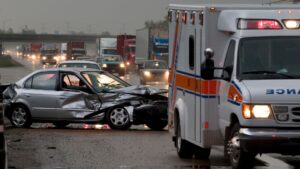
Accidents can happen anywhere, including on someone else’s property. File a premises liability claim if you were injured due to unsafe conditions on someone else’s property.
Premises liability refers to an owner’s liability for injuries occurring on their property.
You can prove your lawsuit by showing the property owner failed to keep their premises safe, that you suffered injuries, and that the owner’s failure was the cause of your injuries.
Here, we’ll discuss premises liability and how to prove it. Let our Seattle personal injury lawyers at Brett McCandlis Brown & Conner help you.
What Is Premises Liability?
Premises liability lawsuits arise when individuals are injured on property due to the owner’s negligence, often targeting public or private property owners.
This duty applies to any place that is open to the public such as:
- Supermarkets,
- Stores,
- Hotels,
- Government buildings,
- Malls,
- Office buildings,
- Playgrounds,
- Streets, and
- Sidewalks.
Failure to keep premises safe may be deemed as negligence.
What Are Examples or Types of Premises Liability?
There are different types of premises liability cases, including:
- Slip and fall accidents,
- Construction site accidents,
- Dog bites,
- Elevator accidents,
- Accidents in stores and shops,
- Amusement park accidents,
- Falling objects,
- Swimming pool accidents,
- Parking lot accidents, and
- Negligent security.
Regardless of the location, an experienced lawyer can help you bring a premises liability complaint for the negligence of property owners.
How Do You Prove Your Premises Liability Claim?
Proving premises liability claim can be difficult. You need to prove you were injured because of a danger on a property that the owner failed to fix.
Duty of Care
Property owners have a duty of care to keep their businesses safe from any dangers on their premises. A property owner must keep up with the maintenance of their business. They must ensure the foundation of the building is sound and there are no structural deformities, such as broken railings or loose tile. The premises must be free of safety issues that could lead to injury.
For example, a dentist’s office is responsible for keeping the entire building unit it owns or rents free of any safety hazards.
Breach of Duty
To prove a premises liability claim, you must show that the property owner broke their duty of care to keep the premises safe and free from danger. This breach can be caused by a failure to do something they should have. A coffee shop worker leaving unpacked boxes of cups on the middle of the floor causing a customer to trip over the boxes is one such example of this failure.
A property owner can also breach their duty of care if they knew about an unsafe condition and failed to correct it. For example, a grocery store that fails to put up a sign warning customers that the floor is wet has breached its duty that their premises be free of hazards.
Causation
You must prove the property owner’s breach was the cause of your injuries. It’s not enough that the property owner breached their duty to make the premises safe. This breach must have been the cause of the injuries sustained.
Causation is an essential element to prove in your premises liability claim. It connects the premise owner’s breach of duty to your injuries. This is where much of the litigation in premises liability cases takes place.
Damages
Finally, you must prove your damages. Damages can include physical and financial injuries caused by the incident. You may be able to get compensation for the following:
- Medical expenses,
- Lost wages,
- Loss of earning capacity,
- Pain and suffering, and
- Loss of enjoyment of life.
A seasoned premises liability attorney in Everett can help you calculate these damages accurately.
Comparative Negligence and Calculating Damages
The State of Washington is a pure comparative negligence state. Negligence is not a bar to recovery. Injured customers can recover for an injury sustained due to the negligence of a premise owner, even if they are partly responsible for the accident. Their compensation is reduced based on their percentage of fault.
Suppose a customer breaks both of their legs in a big box store. The store workers forgot to put a sign warning customers of the wet floor. The injuries mount to $50,000. However, the customer was also skateboarding around the store aisles. The customer is deemed to be 10% responsible for the accident. They can still recover 90% of their injuries ($45,000).
Other states have a modified comparative fault system where an injured customer can only recover compensation for their premises liability claim if their responsibility is less than a certain percentage. This recovery amount is either 50 or 51 percent depending on the state. If the customer’s amount of fault exceeds this percentage, then they cannot recover damages.
The premises owner will focus their effort on shifting the fault to you to reduce their liability. You need an experienced premises liability attorney to ensure you get the justice and compensation you deserve.
What Types of Evidence Is Used in a Premise Liability Case?
Evidence commonly used in a premises liability case includes the following:
- Photos. Photos taken right after the accident, especially of the floor and layout of the premises are helpful.
- Video surveillance. Many store and business owners utilize video surveillance in and outside their premises. This is some of the best evidence because it shows the accident happening on video.
- Police reports. If the police were called to the accident scene, then a police report would provide details of the accident.
- Lease or ownership records. You must prove that the person or entity you are suing owned or was in control of the premises where you were injured. You can prove this with lease agreements or property ownership records.
- Witnesses. Eyewitness accounts of the accident can help shed light on what happened. Be sure to collect the contact information of the witnesses to the accident.
- Medical records. You need to prove your physical injuries and mental diagnoses. For this, you will need to collect any hospital records, doctor diagnoses, and diagnostic tests.
- Invoices. To prove financial loss from your injuries, you must provide all medical invoices and documentation resulting from the accident.
- Income documents. To prove the change in your income situation, you can provide tax returns or pay stubs before and after the incident.
At Brett McCandlis Brown & Conner, we can help you collect this evidence to prove your premises liability case.
Contact Us Now for Help with Your Premises Liability Claim
Premises liability cases can be complicated. Don’t try to handle it alone. Contact the lawyers at Brett McCandlis Brown & Conner. We have won over $100 million for our clients. We won’t stop until you get the justice and compensation you deserve. Schedule a free case evaluation with one of our attorneys today.


